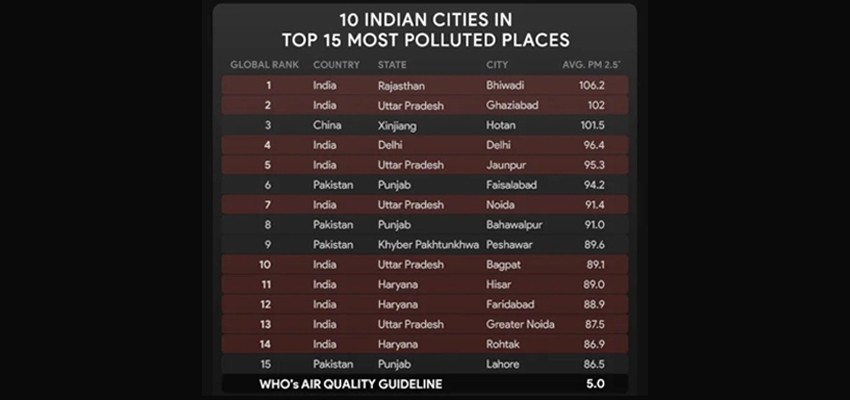
CORPORATE CITIZEN CLAPS FOR ACE SKYDIVER SHITAL MAHAJAN RANE, A PADMA SHRI AWARDEE, AND A FEDERATION AERONAUTIQUE INTERNATIONALE (FAI) GOLD MEDALLIST
 Shital Mahajan during a jump
Shital Mahajan during a jump
She set yet another national record by skydiving at Pune’s Hadapsar Gliding Centre amidst the evening skyline for the first time. Her 5,000 feet dive from above the ground level from a paramotor on International Women’s Day to convey her message to women to excel in adventure sports. Renowned paramotor pilot Vijay Sethi escorted Shital, and together they soared above Pune’s skyline. With the night-sky jump, she has become the only civilian Indian citizen to have achieved the unique night-skydive feat. Shital’s tricolour jumpsuit, embellished with LED lights, conjured up a lifetime of images as she leaped down from the sky after sunset. Shital has the distinction of having skydived over the North Pole and all seven continents and is a renowned TEDx and keynote speaker. Shital and Sethi have applied for an entry into the Guinness Book of World Records and awaiting validation from Guinness. On January 26, 2022, Shital gained more eyeballs when she skydived from 5,000 feet wearing the traditional Maharashtrian Navvari Saree. Shital’s accolades are aplenty, having received eight National and six world records, including 740 parachute jumps, as of April 1, 2021. She is the only woman globally to have performed the first static line parachute jump of life without any practice over the geographic North Pole and the First Accelerated Free Fall Parachute Jump of life over the South Pole. She also received the Fédération Aéronautique Internationale, Sabiha Gökçen Medal in October 2018. In 2019, she jumped over the pyramids dressed as Queen Nefertiti. She is an accomplished United States Parachuting Association parachuting licensee A, B, C, D, and Coach rating; and National and Regional Accuracy Judge Ratings and National and Regional Formation Skydiving Judge Rating. Shital’s maiden parachute jump was in April 2004 in -37 degrees Celsius, and 2,400 feet over the north pole, from an MI-8 helicopter, becoming the first woman worldwide to have jumped at that location, becoming the fourth Indian the second Indian woman to have accomplished the feat. Shital’s wildest dream is to jump from space and emulate her hero Felix Baumgartner who space-jumped in 2012.
CORPORATE CITIZEN SLAPS INDIA’S WORSENING AIR QUALITY INDEX (AQI), AS RE-AFFIRMED BY THE LATEST WORLD AIR QUALITY REPORT BY THE SWISS FIRM IQAIR, KNEE-JERKING THE 3-YEAR IMPROVEMENT TRENDS SEEN IN INDIA’S AIR QUALITY PARAMETERS
The average air pollution, in terms of lethal and microscopic PM2.5 pollutant, is 58.1 micrograms per cubic meter, 10 times higher than the World Health Organization’s (WHO) prescribed limits. India’s air pollution worsened in 2021 and New Delhi charted as the world’s most polluted capital for the fourth consecutive year. Delhi’s pollution has risen almost 15% over the previous year, and India’s overall air pollution levels are 20 times higher than the WHO’s safety guidelines. Against WHO’s safe limit of 5, India’s PM2.5 clocked an annual average of 96.4 micrograms per cubic meter. India houses ten of the top 15 most polluted cities in and around the national capital. Sixty-three Indian cities dominated the world’s 100 most polluted places and were spotted in the Haryana and Uttar Pradesh belts. Delhi’s air pollution ranks at No. 4 globally, and Rajasthan’s Bhiwadi is the world’s most polluted place, followed by Ghaziabad (UP). Ironically, the 2021 Indian Government data showed that the air quality in Delhi, Kolkata, and Mumbai has worsened. A recent note in the Parliament recorded that in 2021, around 168 days in Delhi showed ‘poor’ to ‘severe’ air quality, up from the previous year’s reading of 139, a 21% jump in the last year. Kolkata had 83 such days vs. 74 and Mumbai 39 vs. 20 in the previous year. The centre had dismissed the IQAir ranking, saying it was based merely on satellite and other secondary data and did not validate “proper ground” investigations. However, IQAir justified that its data is based “exclusively” on-ground sensors. The University of Chicago’s air quality’ life index’ indicated that Delhi and Lucknow residents could have added about 10 years to their life expectancy if they were compliant with the WHO standards. Incidentally, the town of Ariyalur, Tamil Nadu, displayed the cleanest air quality measured in India. Although Ariyalur’s air quality is three times higher than the WHO’s safe levels, it could be a precursor for other cities to follow.